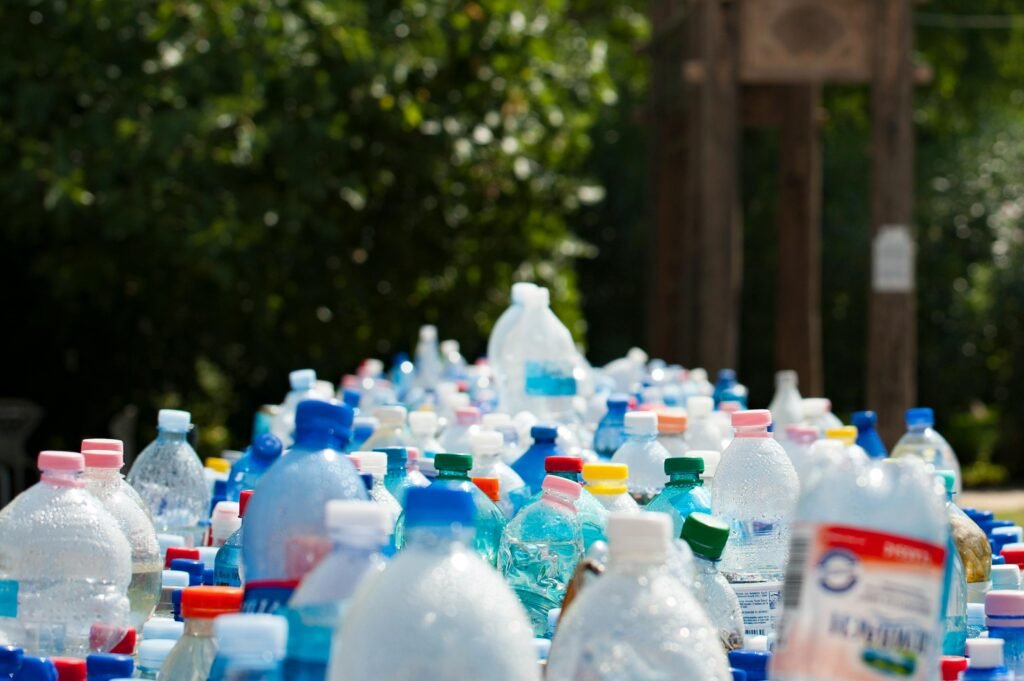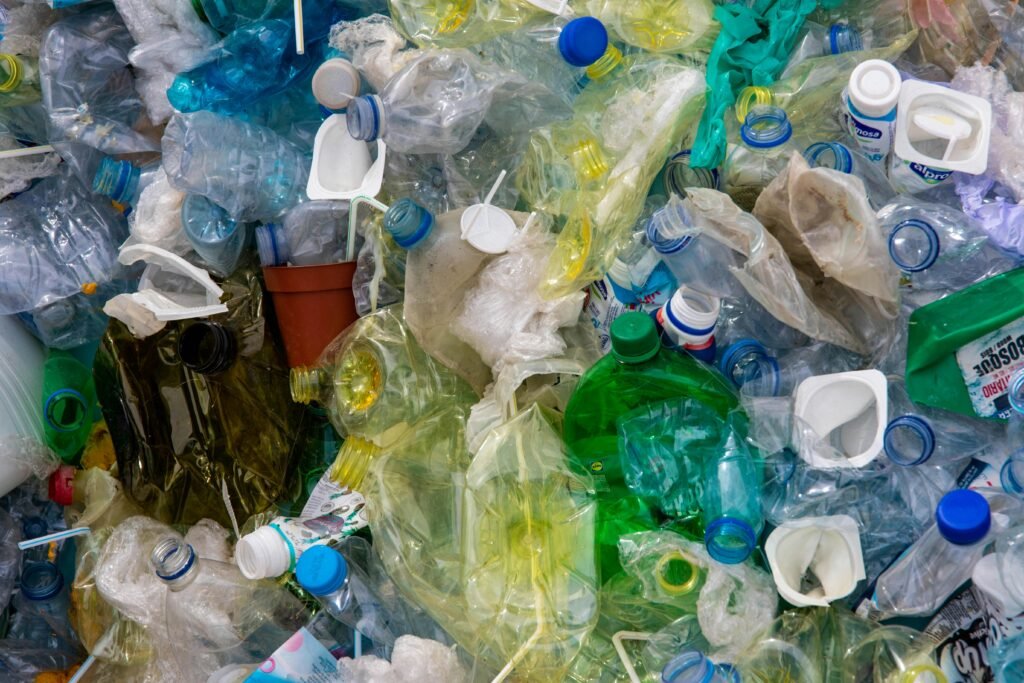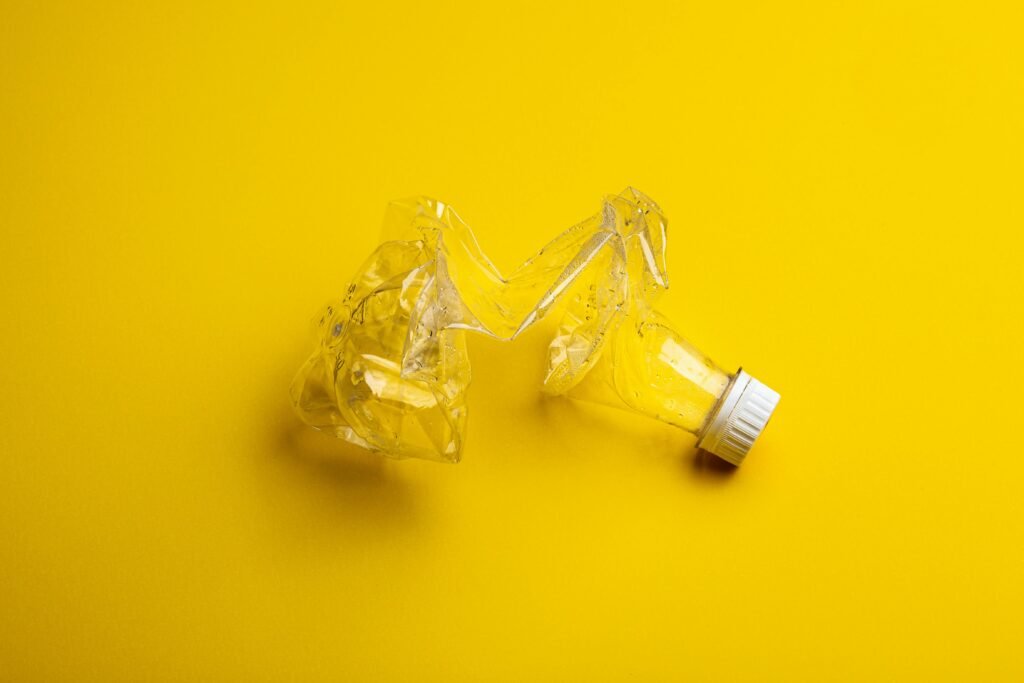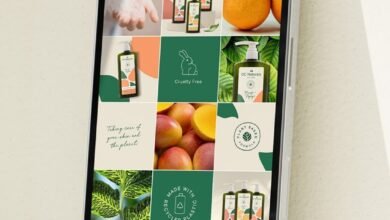10 Zero-Waste Swaps to Simplify Your Everyday Life

Living a sustainable lifestyle is not just a trend—it’s a necessity. The planet is groaning under the weight of human garbage, with billions of tons of garbage filling our landfills and oceans annually. Each piece of trash represents a missed opportunity to reduce, reuse, or recycle.
Zero-waste living provides a clear path toward a more sustainable future. It’s about making conscious choices to minimize waste and prioritize the environment. In this guide, we’ll explore 10 zero-waste swaps that not only simplify your life but also significantly reduce your ecological footprint.

Introduction: The Case for Zero-Waste Living
A Growing Crisis
The global garbage crisis is one of the most pressing environmental challenges today. Consider these facts:
- The world produces over 2 billion tons of solid materials annually, a number expected to grow as populations and economies expand.
- Only 9% of all plastic ever produced has been recycled, with the rest incinerated, landfilled, or polluting ecosystems.
- The average person in the U.S. generates about 4.5 pounds of garbage daily, much of which is avoidable.
Zero-waste living isn’t about eliminating all trash—it’s about rethinking consumption, embracing sustainability, and creating systems that prioritize reuse over disposal.
The 5 Rs of Zero-Waste Philosophy
The zero-waste lifestyle is grounded in the 5 Rs, which serve as guiding principles:
- Refuse: Say no to things you don’t need, like freebies or disposable packaging.
- Reduce: Buy only what you truly need to minimize waste.
- Reuse: Opt for durable items over single-use products.
- Recycle: Properly recycle materials to keep them in the loop.
- Rot: Compost organic waste instead of sending it to landfills.

1. Reusable Tote Bags: A Simple but Powerful Swap
Plastic bags are ubiquitous and harmful. They take hundreds of years to degrade, and their production relies on non-renewable resources like petroleum. Switching to reusable tote bags is a straightforward yet impactful change.
The Problem with Plastic Bags
- Environmental Cost: Plastic bags contribute to ocean pollution, harming marine life that mistakes them for food.
- Limited Recyclability: Many recycling facilities cannot process plastic bags, leading to contamination.
Why Reusable Tote Bags?
Reusable bags are:
- Durable and capable of holding heavier loads
- Available in a variety of materials, including organic cotton, jute, and recycled PET
- Aesthetic and customizable
Pro Tips for Adoption
- Keep a foldable tote in your purse, car, or backpack for unexpected errands.
- Use cloth bags for groceries and specialty items like bread or produce.
- Wash your tote bags regularly to maintain hygiene.
2. Reusable Water Bottles: Hydration Without the Waste
Over a million plastic water bottles are purchased every minute worldwide. Most end up in landfills or oceans, where they take centuries to degrade.
The Environmental Impact
- Producing plastic bottles requires vast amounts of energy and water.
- Bottled water often isn’t any cleaner than tap water, yet it generates significant waste.
The Switch to Reusable Bottles
Reusable bottles made from stainless steel, glass, or BPA-free plastic are sustainable and stylish alternatives. They’re:
- Insulated to keep beverages hot or cold
- Cost-effective, saving money over time
- Healthier, as they avoid exposure to harmful chemicals
3. Beeswax Wraps: A Natural Alternative to Plastic Wrap
Plastic wrap is a kitchen staple, but it’s also a major pollutant. Beeswax wraps offer a reusable, biodegradable solution.
How Beeswax Wraps Work
Beeswax wraps are made by infusing fabric with beeswax, tree resin, and jojoba oil. They’re flexible and moldable, making them ideal for wrapping food or covering containers.
DIY Beeswax Wraps
- Cut cotton fabric into desired sizes.
- Sprinkle grated beeswax evenly over the fabric.
- Bake in the oven at 180°F (82°C) for 5 minutes until the wax melts.
- Spread the wax evenly and let the wrap cool.
4. Reusable Coffee Cups: Morning Rituals Made Greener
Disposable coffee cups are lined with plastic, making them difficult to recycle. Switching to reusable coffee cups is a small but significant step toward zero-waste living.
Benefits of Reusable Cups
- Environmental Impact: Reduces millions of single-use cups sent to landfills annually.
- Savings: Many coffee shops offer discounts for using reusable cups.
- Customizable: Available in various sizes, materials, and designs.
5. Cloth Napkins and Towels: A Return to Tradition
The average household uses thousands of disposable paper products annually, contributing to deforestation and waste. Cloth napkins and towels are a sustainable and elegant alternative.
Benefits of Cloth Products
- Durable: Last for years with proper care.
- Versatile: Suitable for cleaning, dining, and general use.
- Cost-Effective: Saves money over time compared to disposable options.
6. Reusable Cutlery and Straws: Ditch the Disposable
Plastic cutlery and straws are among the most common pollutants found in cleanups. Reusable options are portable and eco-friendly.
Popular Options
- Stainless Steel Straws: Durable and easy to clean.
- Bamboo Utensils: Lightweight and biodegradable.
- Silicone Straws: Ideal for children and those with disabilities.
7. Bar Soaps and Solid Shampoos: Simplify Your Shower
Liquid soaps and shampoos often come in plastic packaging. Switching to bars reduces waste and often involves fewer synthetic chemicals.
Advantages of Bar Products
- Long-Lasting: Bars last longer than liquid alternatives.
- Travel-Friendly: Compact and TSA-compliant.
- Eco-Friendly: Often come in minimal or compostable packaging.
8. Composting: Turning Waste into Gold
Food waste in landfills produces methane, a potent greenhouse gas. Composting diverts organic waste, turning it into nutrient-rich soil.
Starting Your Composting Journey
- Choose a method (backyard bin, worm composting, or countertop composters).
- Collect organic materials like vegetable peels, coffee grounds, and eggshells.
- Maintain a balance of greens (nitrogen) and browns (carbon) for optimal decomposition.
9. Reusable Menstrual Products: A Greener Period
Disposable menstrual products generate enormous waste and often contain synthetic chemicals. Reusable options like menstrual cups, cloth pads, and period underwear are sustainable, cost-effective, and healthier for your body.
10. Thrifting and Upcycling: Creative Sustainability
Fast fashion and disposable home goods contribute heavily to waste. Thrifting and upcycling extend the life of items while fostering creativity.
Upcycling Ideas
- Turn old mason jars into planters or storage containers.
- Repurpose worn-out clothes into cleaning rags or quilt pieces.
- Transform furniture with a fresh coat of paint or creative alterations.

Addressing Challenges in Zero-Waste Living
Common Barriers
- Cost Perception: Many zero-waste swaps save money over time.
- Convenience: Build habits gradually to make sustainable practices second nature.
Myth-Busting Zero-Waste Living
- You don’t have to be perfect—every small step helps.

The Broader Impact of Zero-Waste Choices
Every zero-waste swap contributes to a cultural shift toward sustainability. As demand for eco-friendly products grows, industries and governments are compelled to respond, fostering systemic change.

Conclusion: Take the First Step Today
Adopting zero-waste swaps isn’t about overhauling your life overnight. It’s about making mindful choices, one step at a time. Whether you start with a reusable bottle or a composting bin, every action matters.
Together, we can move closer to a waste-free world.





One Comment